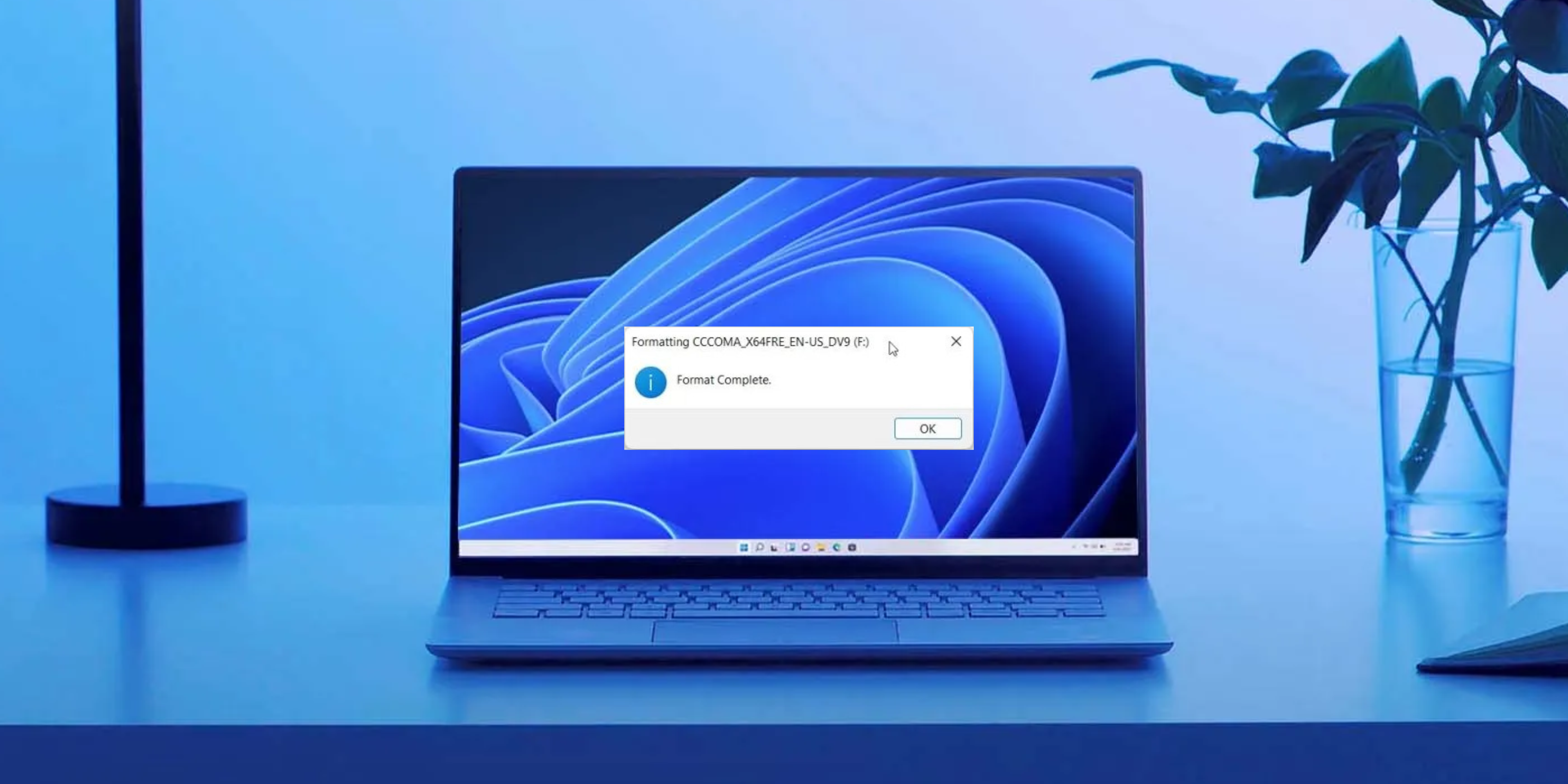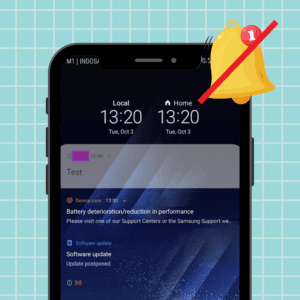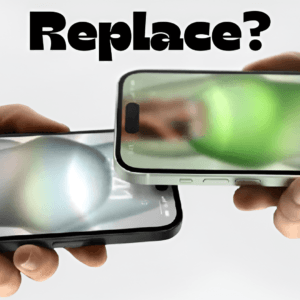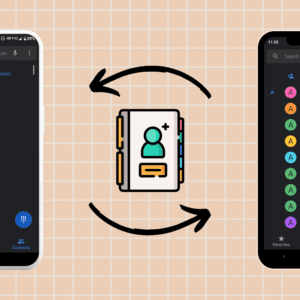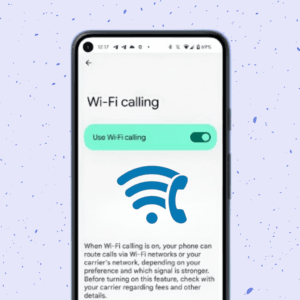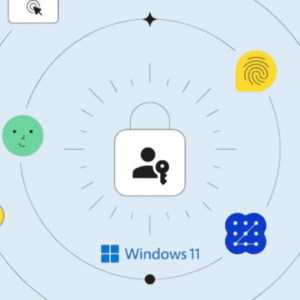If you’ve ever wondered how to format a Hard Drive and SSD in Windows 11, you’re in the right place. Let me share a quick story with you. I recently decided to give my computer a fresh start and clean up some old drives. My system was running slower than usual, and I realized it was time to reformat my hard drives and SSDs. But, like many of you, I was a bit hesitant about the whole process.
However, while formatting might sound like a daunting task, it’s actually pretty straightforward once you know what you’re doing. Formatting is a crucial step, whether you’re setting up a new drive or simply clearing out the old. This guide will walk you through the process with easy steps, tips, and tricks. Let’s dive in!
Things to keep in mind
Here are some things to keep in mind before formating a Hard Drive and SSD in your Windows 11 device:
1. Backup your data: Formatting erases everything, so make sure you’ve saved anything important.
2. Choose the right file system: NTFS is common for internal drives; exFAT or FAT32 might be better for external drives.
3. Understand the process: Different methods are suitable for various scenarios.
Method 1: Formatting using Windows 11 Settings
Using the Windows 11 settings is a user-friendly method, perfect for beginners. It provides a straightforward graphical interface where you can easily select options without needing to memorize commands. This method is ideal if you’re uncomfortable using command-line tools or prefer a visual approach.
1. Open Settings by pressing Windows + I.
2. Go to System and select Storage.
3. Click on the drive you want to format under Storage management.
4. Select Format and choose the file system.
5. Click Format to start the process.
Also read: How to fix Windows 11 Green Screen of Death.
Method 2: Formatting Using File Explorer
Formatting via File Explorer is another simple and intuitive method. It’s great for users who prefer working within the familiar environment of File Explorer. This method offers quick access and straightforward steps, making it ideal for everyday tasks.
1. Open File Explorer and find the drive.
2. Right-click the drive and select Format.
3. Choose the file system and set a volume label if desired.
4. Check the Quick Format option for a faster process.
5. Click Start and then OK to confirm.
Also read: How to fix overheating on a Windows laptop.
Method 3: Formatting Using Command Prompt
Using Command Prompt gives you more control and is great for advanced users. This method is powerful and can be used for batch processing or scripting. It’s particularly useful when dealing with multiple drives or needing specific configurations not available through the graphical interface.
1. Press Windows + X and select Command Prompt (Admin).
2. Write the below-mentioned commands one by one and press Enter to execute them:
diskpart
list disk
select disk X (replace X with the number of your disk)
clean
create partition primary
format fs=ntfs quick
assign
Also read: How to turn off automatic updates on Windows 11.
Method 4: Formatting Using PowerShell
PowerShell is another powerful tool for advanced users. It’s similar to Command Prompt but with more scripting capabilities. This method is excellent for automating tasks and handling more complex scenarios, giving you greater flexibility and efficiency.
1. Press Windows + X and select Windows PowerShell (Admin).
2. Write the below-mentioned commands one by one and press Enter to execute them:
Get-Disk
Clear-Disk -Number X -RemoveData (replace X with your disk number)
New-Partition -DiskNumber X -UseMaximumSize -IsActive -AssignDriveLetter
Format-Volume -DriveLetter X -FileSystem NTFS -NewFileSystemLabel "LabelName"
Method 5: Advanced formatting using third-party tools
If Windows tools aren’t enough for you to format Hard Drive and SSD in your Windows 11 device, then third-party tools like EaseUS Partition Master or MiniTool Partition Wizard offer advanced features like partition resizing, data recovery, and more user-friendly interfaces. Here are two of the best tools:
1. EaseUS Partition Master
EaseUS Partition Master is a comprehensive partition management tool that offers an intuitive interface and powerful features. Here’s how you can use it to format your drive:
1. Download EaseUS Partition Master from the official website and install it on your PC.
2. Open EaseUS Partition Master.
3. In the main interface, you’ll see a list of your drives. Right-click on the drive you want to format and select Format.
4. Choose the file system (NTFS, FAT32, etc.) and set a partition label if desired.
5. Click OK to confirm. Then, click the Execute Operation button in the top-left corner and select Apply to start formatting the drive.
Also read: How to disable Copilot in Windows 11.
2. MiniTool Partition Wizard
MiniTool Partition Wizard is another powerful tool offering various disk management features. Here’s how to use it:
1. Download MiniTool Partition Wizard from the official website and install it on your PC.
2. Open MiniTool Partition Wizard.
3. In the main interface, find the drive you want to format, right-click on it, and choose Format.
4. Select the desired file system and set a partition label if needed.
5. Click OK to confirm your settings. Then, click the Apply button in the bottom-left corner to start the formatting process.
These third-party tools provide additional functionalities that can make formatting easier and more efficient, especially if you’re dealing with complex disk management tasks. Choose the one that best suits your needs, and you’ll have your drives formatted in no time!
Feels like new
Whether you’re using built-in Windows tools or powerful third-party software, now you know how to format Hard Drive and SSD in Windows 11. This essential task might seem daunting at first, but with these clear steps, you can handle it like a pro. Whether you’re setting up a new drive or refreshing an old one, formatting is crucial for maintaining a clean and efficient system. So go ahead, choose your preferred method, and give your drivers the fresh start they deserve.
FAQs
Q. What is the best file system for my drive?
NTFS is best for internal drives. For external drives, use exFAT or FAT32 if you need compatibility with other devices.
Q. Will formatting a drive erase all data?
Yes, formatting will delete everything on the drive, so ensure you have backups.
Q. Can I format a drive without losing data?
No, formatting erases all data. Consider using partitioning tools if you need to manage data without losing it.
Was this helpful?
Chhavi Tomar is a dynamic person who works as an Editor for The Writing Paradigm. She studied B.Sc. Physics and is currently doing a B.Ed. She has more than three years of experience in editing, gained through freelance projects. Chhavi is skilled in technology editing and is actively improving her abilities in this field. Her dedication to accuracy and natural talent for technology make her valuable in the changing world of digital content.
